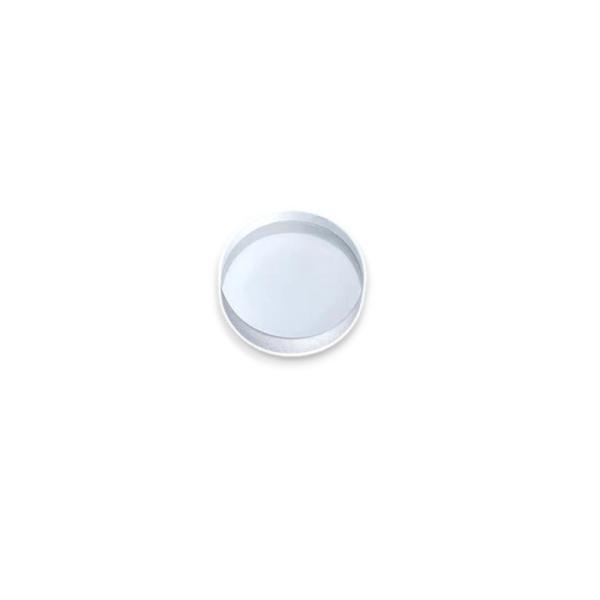

2000-5600nm AR Coated Sapphire Windows Infrared
2000-5600nm AR Coated Sapphire Windows Infrared is designed to maximizing transmission in the 2000–5600nm. Coligh manufactures infrared windows with different substrate.
- Wide Spectrum High Transmission Coverage 2000-5600nm
- Premium sapphire material
- Anti-reflective coating
Products Categories
Get A Free Quote
2000-5600nm Infrared Sapphire Window Anti-Reflection Coating Description
The 2000-5600nm anti-reflection coated sapphire window is an infrared optical window designed for the mid-to-far infrared (MWIR to LWIR) band.
- We use single crystal sapphire substrate to achieve ultra-low reflectivity in the 2-5.6μm band. By coating with an anti-reflection film, the transmittance is greater than or equal to 85% in the 2000-5600nm range. This band covers the 10.6μm harmonics of CO₂ lasers, gas molecule absorption peaks and thermal imaging core bands.
- Sapphire has great substrate advantages and excellent mechanical strength. The Mohs hardness of sapphire reaches 9, and its scratch resistance far exceeds that of infrared materials such as ZnSe and Ge. It is suitable for industrial scenes such as dust and vibration.
2000-5600nm AR Coated Sapphire Windows Infrared Datasheet
| Parameter | Specification |
| Substrate Material | Sapphire |
| Wavelength Range | 2000 nm – 5600 nm |
| Coating Type | Anti-Reflective (AR) |
| Average Transmittance | ≥ 85% (within 2000-5600 nm range) |
| Surface Quality | 60-40, 40-20 |
| Coating Method | Ion-assisted deposition / Electron-beam evaporation |
| Custom Options | Available upon request (wavelength tuning, dual-side) |
2000-5600nm AR Coated Sapphire Windows Infrared Applications
- Infrared thermal imaging
High-temperature industrial equipment) needs to monitor temperature distribution in real time through infrared thermal imaging, but traditional germanium windows are prone to oxidation failure at high temperatures, and the transmittance is significantly attenuated by heat. Sapphire substrates can withstand temperatures above 400°C and have high transmittance in the 3-5um band, ensuring lossless transmission of thermal radiation signals. In addition, it can also reduce the thermal radiation interference of the window itself - Gas detection
Gases such as methane and CO₂ have characteristic absorption peaks in the mid-infrared band, and the utilization rate of the laser optical path needs to be maximized to detect low-concentration gases. This infrared optical window can reduce the energy loss of multiple reflections in the optical path and improve the absorption signal strength. It can also withstand corrosive gases such as H₂S and SO₂, and is suitable for harsh environments such as oil and gas fields and chemical plants. - Environmental monitoring
Satellite or drone-mounted infrared sensors need to detect heat sources in volcanic ash and smoke environments, and the windows need to resist particle erosion and high-temperature thermal radiation. This sapphire infrared window has a hardness that can resist volcanic ash erosion, and transmits 3-5μm bands to capture surface thermal anomalies. It can adapt to extreme environments and reduce sensor replacement costs. - Scientific research
Ultra-wide spectrum laser experiments require windows to maintain ultra-low dispersion and high damage threshold in the 2-5.6μm band. Traditional materials are prone to pulse distortion. The sapphire substrate dispersion coefficient of this window is low, ensuring the fidelity of ultrafast laser pulse transmission. This reduces the nonlinear effect introduced by the window and ensures the credibility of the experimental results.

